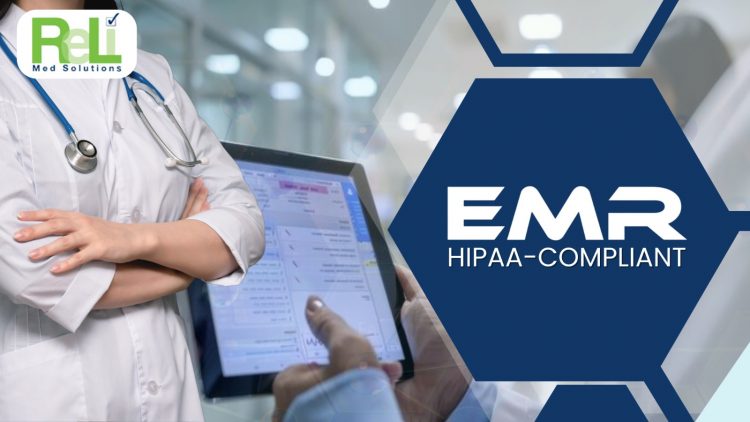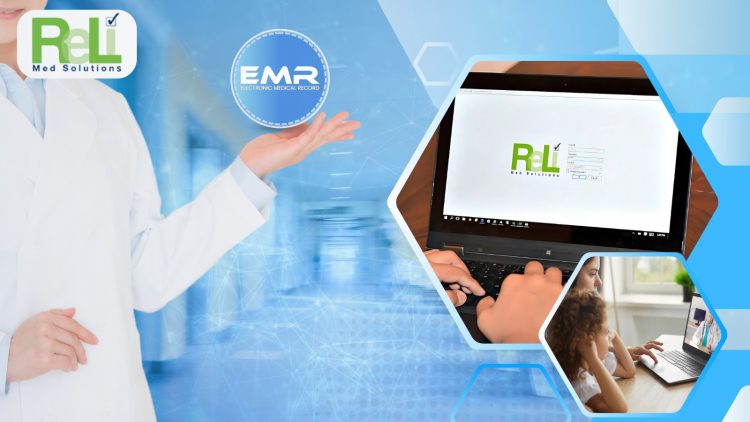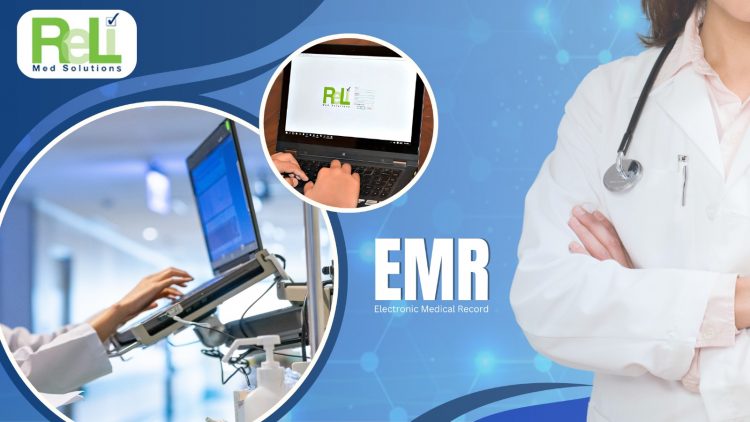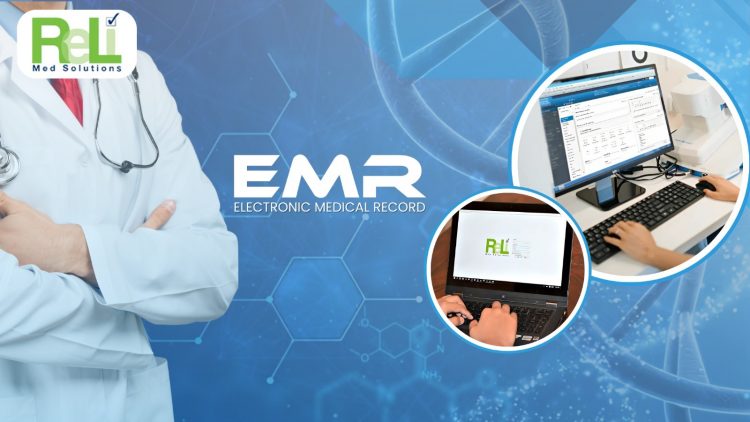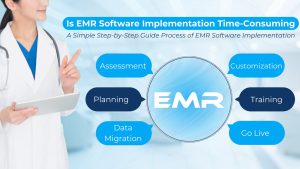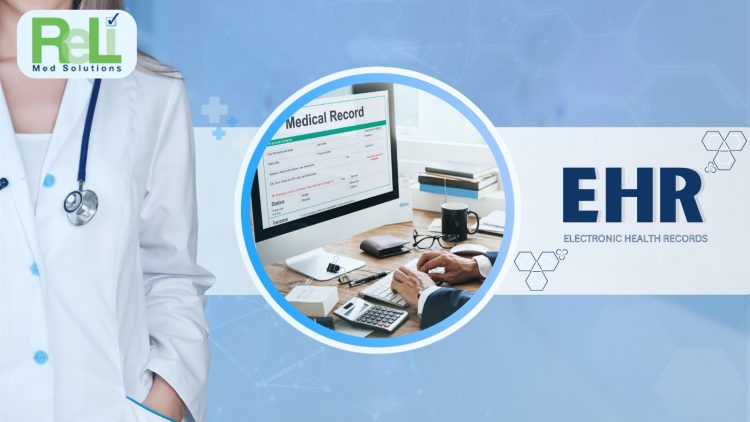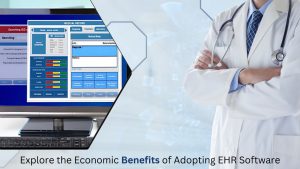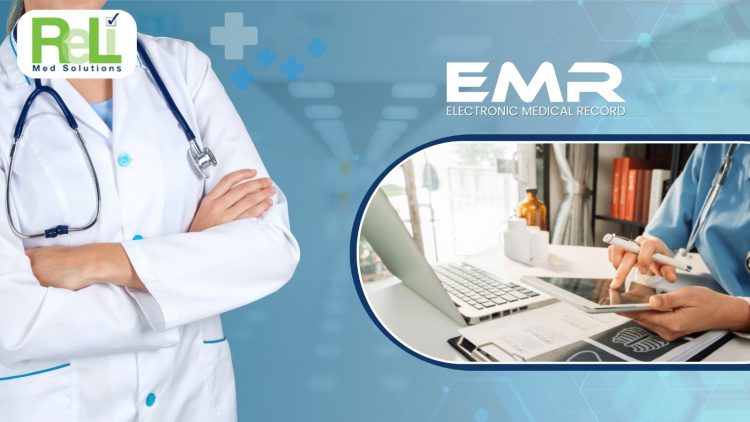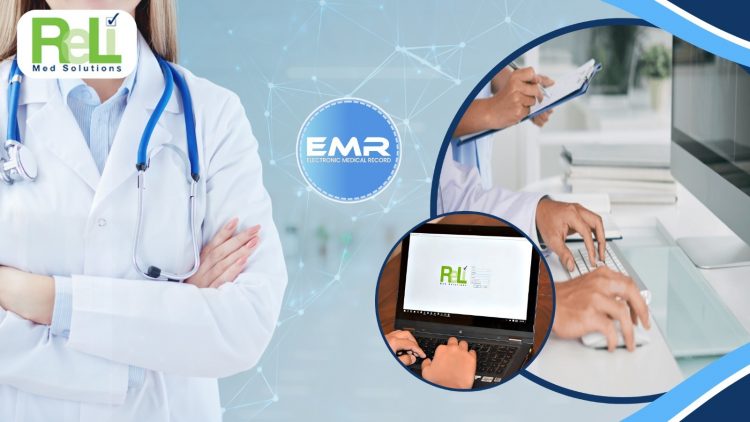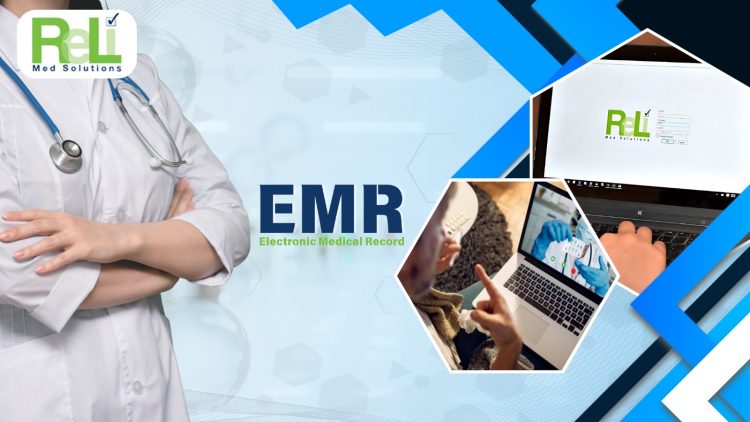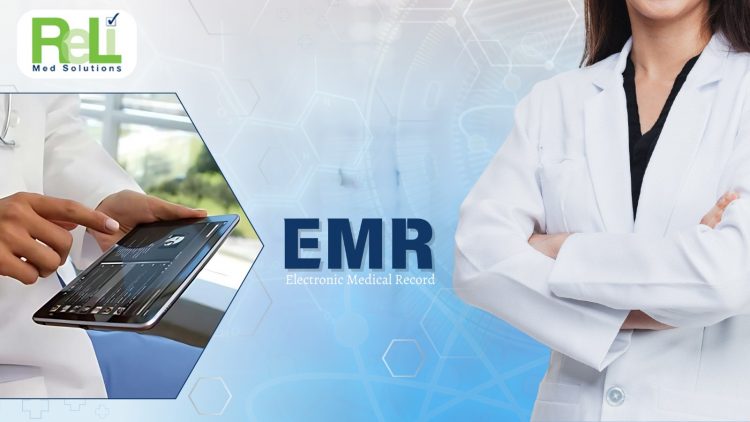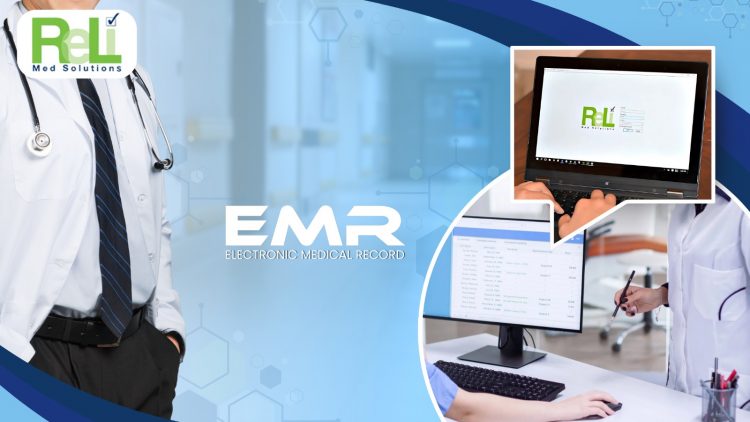Why CHCs and FQHCs Need HIPAA-Compliant EMR Software to Tackle Data Issues?
CHC and FQHC play a vital role in providing care to those in need. However, managing patient data remains a big challenge. Without proper protection, this data can lead to errors, privacy breaches, and non-compliance with laws. HIPAA-Compliant EMR Software offers an effective solution. It secures patient records, simplifies workflows, and ensures compliance with legal requirements. By using this software, CHCs, and FQHCs can focus on delivering quality care to patients without the stress of managing complex data issues.
Why Health Care Data Needs HIPAA-Compliant EMR Software?
Patient data is very important in health care, but it is also very sensitive. It must be kept safe at all times. Without the right tools, patient medical records can be lost or stolen. HIPAA-Compliant EMR Software fixes this by offering strong security features like encryption and secure access. These features make sure only trusted people can see or use the data. If data is not protected, centers could face fines and lose the trust of their patients. So, this software not only keeps data safe but also makes it easier for doctors to use and share EHR for better patient care.
Challenges Faced by CHCs and FQHCs in Managing Patient Data
CHCs and FQHCs deal with many challenges when it comes to managing patient data:
1- High Patient Volumes: Many patients visit these centers every day, which makes it hard to manage EHR properly. So, errors happen often with old systems.
2- Limited Budgets: These centers don’t have a lot of money, so they find it hard to buy tools like HIPAA-compliant EMR Software.
3- Outdated Systems: Many centers still use old tools that don’t work well with modern needs like medical billing services, making processes slow.
4- Data Breaches: Without strong security, patient medical records can be stolen, which leads to serious problems.
5- Operational Inefficiencies: Many centers use manual methods that take a lot of time and delay patient care.
Because of these challenges, CHCs and FQHCs struggle to follow the rules and provide good care at the same time.
HIPAA Compliance: A Factor in Building Trust with Patients
Trust is very important in health care, but patients will lose trust if their data is not safe. HIPAA-Compliant EMR Software helps centers build trust by keeping medical records secure and private. also, This software follows strict rules to make sure data stays safe. When patients know providers handle their information carefully, they feel more comfortable with their care. Using this software shows patients that their privacy and safety matter. Building trust helps centers keep patients coming back and staying loyal to their care.
Optimizing Financial Management Through HIPAA Compliance
Managing finances is hard for CHCs and FQHCs, but HIPAA-Compliant EMR Software makes it easier. This software works well with RCM systems, helping centers avoid common financial problems. It reduces errors in medical billing services, processes insurance claims faster, and ensures centers follow the rules. Because this system automates many tasks, it saves time and prevents mistakes. So, centers can focus their money and efforts on patient care. If CHCs and FQHCs use this software, they can improve their finances and run their operations more smoothly.
Secure Your Health care Operations with ReLi Med Solutions
Managing data and money is hard for CHCs and FQHCs, but HIPAA-Compliant EMR Software can help. It keeps patient records safe, makes work easier, and builds trust with patients. ReLi Med Solutions customizes its software to fit the needs of CHCs and FQHCs. If your center is having trouble with data and finances, contact ReLi Med Solutions today. We can help you to create a safe, efficient, and trusted health care center.
CHCs and FQHCs need HIPAA-Compliant EMR Software to solve their data problems. It keeps patient information safe, makes daily work easier, and builds trust with patients. With the right EMR software, these centers can work more smoothly and focus on giving the best care. ReLi Med Solutions provides software designed to meet the needs of CHCs and FQHCs. Start improving your center today by choosing a secure and trusted solution for your data management.

